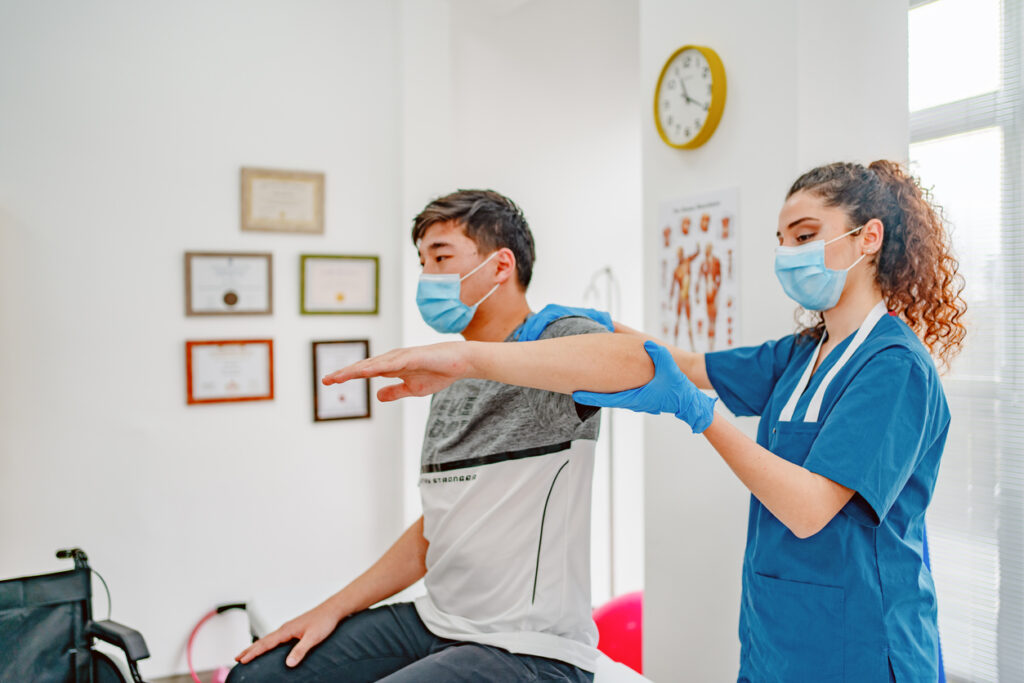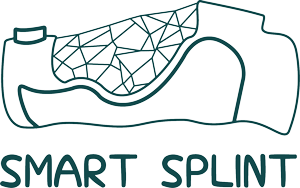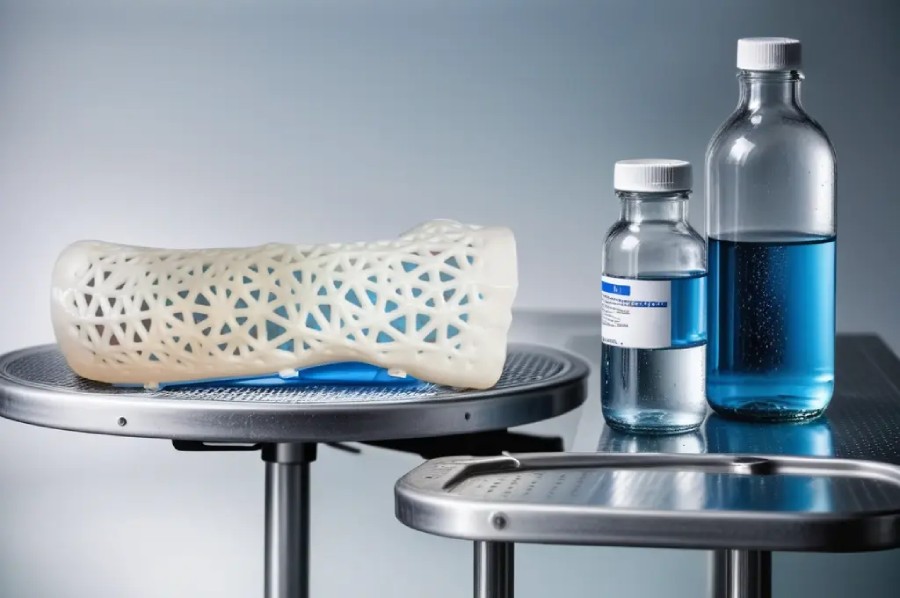
Empowering Recovery: The Essential Role of Post-Surgery Protection in Orthopedic Wellness
Introduction:
Undergoing orthopedic surgery marks a significant step on the path to improved musculoskeletal health. However, the journey doesn’t end in the operating room; rather, it continues through the critical phase of post-surgery recovery. In this blog, we will delve into the essential role of post-surgery protection in orthopedic wellness, exploring why it is crucial and how it contributes to a successful rehabilitation process.
Understanding Post-Surgery Vulnerabilities:
Orthopedic surgeries, whether for joint replacements, fracture repairs, or ligament reconstructions, create a period of vulnerability in the body. The surgical site, no matter how skillfully operated on, requires time to heal and regain strength. During this phase, the risk of complications such as infections, joint dislocations, or muscle strains is heightened.
The Importance of Post-Surgery Protection:
1. Stabilizing Surgical Sites:
– Post-surgery protection, often in the form of splints, braces, or casts, is crucial for stabilizing the surgical site. This prevents unnecessary movement, which can disrupt the healing process and jeopardize the success of the surgery.
2. Reducing Strain on Muscles and Joints:
– Muscles and joints surrounding the surgical area may be weakened or sensitive post-surgery. Protective devices like braces help distribute pressure evenly, reducing strain on these areas and preventing unintended stress on the healing structures.
3. Minimizing the Risk of Complications:
– Complications, such as joint contractures or misalignments, can arise if the surgical site is not adequately protected. Bracing or splinting plays a pivotal role in minimizing these risks and ensuring a smooth recovery.
4. Enhancing Rehabilitation:
– Post-surgery protection complements rehabilitation efforts by providing support during physical therapy exercises. This ensures that the patient can engage in rehabilitation exercises without compromising the surgical site’s integrity.
5. Facilitating Optimal Healing:
– Proper protection promotes optimal healing conditions. It allows the body to focus its energy on the healing process rather than dealing with external stresses. This, in turn, expedites recovery and reduces the likelihood of setbacks.
The Role of Braces, Splints, and Casts in Post-Surgery Protection:
1. Braces for Joint Surgeries:
– Following joint surgeries, such as knee or hip replacements, braces are commonly used to support the joint and maintain proper alignment during the initial recovery phase.
– These braces offer stability and prevent excessive movement, allowing the newly implanted joint to integrate seamlessly.
2. Splints for Fracture Repairs:
– Fracture repairs often involve the use of splints to immobilize the injured area and facilitate optimal healing.
– Splints provide support without complete immobilization, allowing for controlled movement during the early stages of recovery.
3. Casts for Ligament Reconstructions:
– Ligament reconstruction surgeries, like those for the ACL or rotator cuff, may require casts to protect and restrict movement in the affected area.
– Casts provide rigid support, preventing unnecessary strain on the reconstructed ligament and ensuring its stability.
Best Practices for Post-Surgery Protection:
1. Customization for Individual Needs:
– Post-surgery protection should be customized based on the specific surgery and individual needs. A one-size-fits-all approach may not provide the necessary support for optimal recovery.
2. Regular Monitoring and Adjustments:
– Healthcare professionals should regularly monitor the effectiveness of post-surgery protection and make adjustments as needed.
– Changes in the patient’s condition or progress may necessitate modifications to the protective devices.
3. Collaboration with Physical Therapists:
– Collaboration with physical therapists is crucial. They can guide patients in exercises that promote flexibility and strength while considering the protective devices in use.
– Physical therapists play a key role in ensuring that the protective measures align with the rehabilitation goals.
4. Patient Education:
– Educating patients about the importance of post-surgery protection is essential. Understanding the rationale behind protective measures encourages compliance and active participation in the recovery process.
Conclusion:
Post-surgery protection is not merely a precaution; it is a fundamental aspect of ensuring a successful orthopedic recovery. Whether it involves braces, splints, or casts, these protective devices contribute significantly to stabilizing surgical sites, reducing strain, and minimizing the risk of complications.
As we navigate the intricate landscape of orthopedic wellness, let us recognize the pivotal role that post-surgery protection plays in empowering recovery. By embracing these protective measures and fostering a collaborative approach between patients and healthcare professionals, we can pave the way for a journey towards restored musculoskeletal health and an enhanced quality of life.


